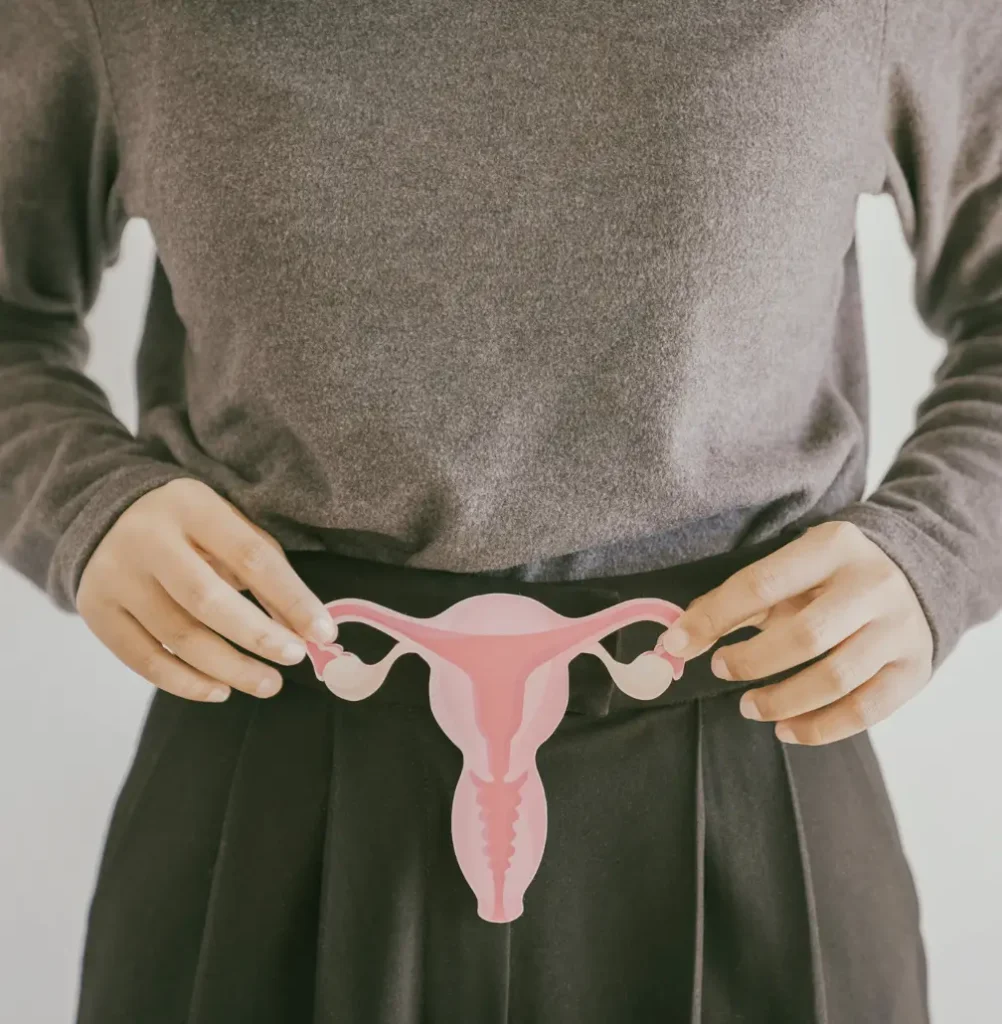



Endometriosis: Exploring Beyond the Uterus
Endometriosis is a condition in which the tissue that normally lines the uterus, called the endometrium, grows outside of this. Can be found in the ovaries, fallopian Tubes, and other pelvic organs. This tissue outside the uterus responds to the menstrual cycle, but by not being able to exit the body, it can cause inflammation, pain, and scar tissue formation.
-
- Surface: It affects the outer part of the pelvic organs.
- Ovarian: The endometrial tissue develops on the ovaries.
- Deep Penetrates the pelvic tissues deeper, sometimes affecting organs.
Adenomyosis: When the endometrium infiltrates
Adenomyosis, on the other hand, occurs when the endometrium is embedded in the muscular wall of the uterus, causing a thickening of the wall. As the contraction of the uterus during the menstrual period, this tissue also bleed, causing pain and, in some cases, enlargement of the uterus.
-
- Focal length: Affects only a portion of the uterus.
- Diffuse: Extends throughout the uterus.
Key Differences:
Endometriosis is characterized by the growth of tissue outside the uterus, while the adenomyosis involves the infiltration of the endometrial tissue within the uterine walls.
The symptoms of both conditions, such as menstrual pain and severe discomfort during sexual intercourse, may overlap, but the location and the nature of the pain may differ.
The accurate diagnosis requires medical evaluation, often through studies of imaging and, in some cases, procedures are more specific such as laparoscopy.
Understanding these terms is essential for addressing the symptoms and improve the quality of life. If you experience troubling symptoms, seek the advice of health care professionals who specialize in gynecology.
